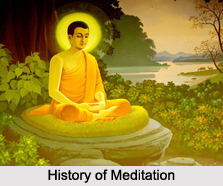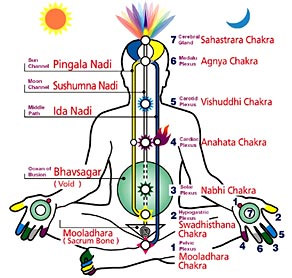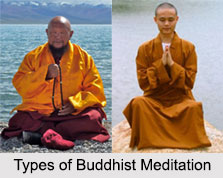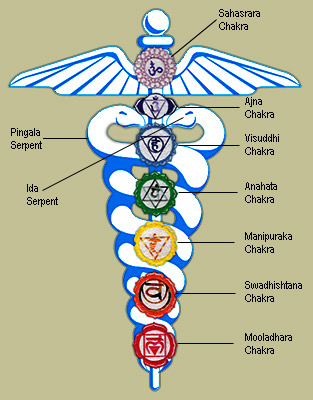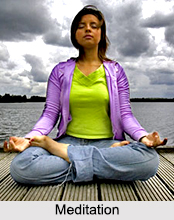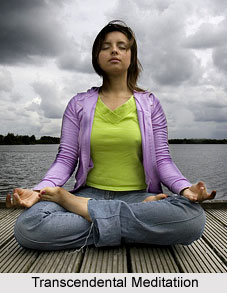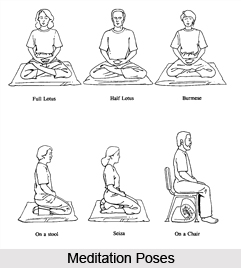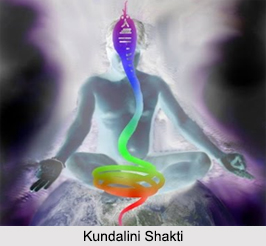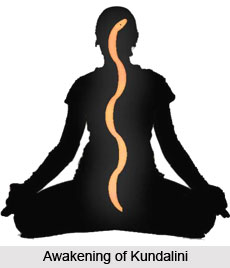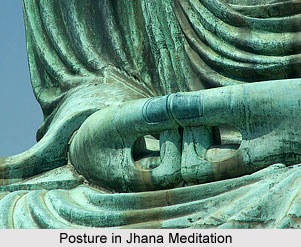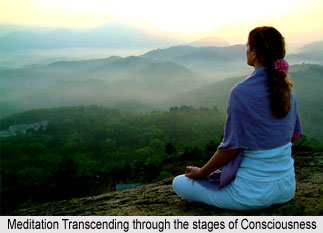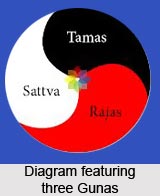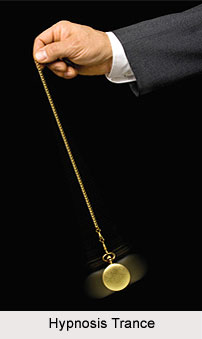 Types of Hypnosis can be many and varied. In fact it would not be wrong to say that there are as many different types of hypnosis as there are practitioners. There are slight variations in the way different people react to hypnosis and accordingly a number of methods have evolved depending on specific needs. Generally, the most commonly accepted forms of hypnotism are self-hypnosis, waking hypnosis and walking hypnosis. Apart from this there are also other types of hypnosis such as Traditional hypnosis, Ericksonian hypnosis and Neuro Linguistic Programming. Apart from the commonly identified methods, other newer methods are constantly being developed such as 5-Path Hypnotherapy, the 7-Path Self Hypnosis etc. The common types of hypnosis are discussed below.
Types of Hypnosis can be many and varied. In fact it would not be wrong to say that there are as many different types of hypnosis as there are practitioners. There are slight variations in the way different people react to hypnosis and accordingly a number of methods have evolved depending on specific needs. Generally, the most commonly accepted forms of hypnotism are self-hypnosis, waking hypnosis and walking hypnosis. Apart from this there are also other types of hypnosis such as Traditional hypnosis, Ericksonian hypnosis and Neuro Linguistic Programming. Apart from the commonly identified methods, other newer methods are constantly being developed such as 5-Path Hypnotherapy, the 7-Path Self Hypnosis etc. The common types of hypnosis are discussed below.
Self Hypnosis
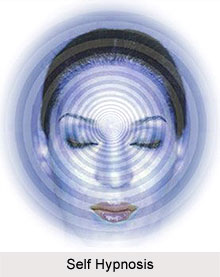 In Self- Hypnosis or Autosuggestion a person hypnotizes himself or herself without the assistance of another person to serve as the hypnotist. It is the staple of hypnotherapy-related self-help program. To make self-hypnosis successful the self hypnotists are often asked to stay on the diet and to give up smoking or some other addiction and the self-esteem of the hypnotized persons is generally boosted up. Some people use devices called mind machines to help them to start self-hypnosis more quickly. A mind machine consists of glasses with different coloured flashing LEDs inside and headphones. The LEDs stimulate the visual channels while the headphones are used to stimulate the audio channels with similar or slightly different frequencies that are designed to produce a certain mental state. A special kind of beats is used in the audio system to produce the Self-Hypnosis more readily.
In Self- Hypnosis or Autosuggestion a person hypnotizes himself or herself without the assistance of another person to serve as the hypnotist. It is the staple of hypnotherapy-related self-help program. To make self-hypnosis successful the self hypnotists are often asked to stay on the diet and to give up smoking or some other addiction and the self-esteem of the hypnotized persons is generally boosted up. Some people use devices called mind machines to help them to start self-hypnosis more quickly. A mind machine consists of glasses with different coloured flashing LEDs inside and headphones. The LEDs stimulate the visual channels while the headphones are used to stimulate the audio channels with similar or slightly different frequencies that are designed to produce a certain mental state. A special kind of beats is used in the audio system to produce the Self-Hypnosis more readily.
Walking Hypnosis
It is also known as environmental hypnosis. It is a naturally occurring trance state, in which the person can enter while performing a monotonous and repetitive task like walking or gardening or any sedentary work like listening to a lecture and reading, in which one`s attention drifts from the task into a trance-like state, which is termed as `Zoning out`. One example of this can be seen in the case of athletes. They have control over their boredom and they are rarely swayed by external distractions like physical symptoms of pain and fatigue and this state is known `in the zone`.
Waking Hypnosis
This is the kind of hypnosis, which alters the behaviour of a subject by suggestion without inducing a trance. The subject becomes subconsciously convinced and starts to believe what they are being told as the inevitable reality because of the placebo effect. The subjects can be convinced that a complete benign substance is actually a drug that can induce any of the suggestive effects. In order for this kind of hypnosis to work, the subject must completely rely on the source of suggestion or must be subconsciously convinced by the calm authoritative tone. The expert hypnotherapists and hypnotists know that the people are constantly in the state of waking hypnosis. For example the way a person is asked by someone to sit and a chair is offered to him or her, in the same way a person accepts or rejects the hypnotic suggestions. This is the same procedure as the good luck charms that work, as someone believes in them.
One of the most useful ways of classifying the different kinds of hypnosis is based on their historical development. Seen this way, there are three kinds of hypnosis- Traditional hypnosis, Ericksonian hypnosis, and Neuro Linguistic Programming. These types are briefly discussed below.
Traditional Hypnosis
This is usually held to be the standard way of hypnotism whereby a subject is induced into a deep state of relaxation by the hypnotist using standard techniques. In the relaxed state, the mind becomes highly susceptible to suggestion, and then his key issues are dealt with and solved. Usually, traditional hypnosis is concerned with the actual process of induction of a trance-like state and is not too concerned with any kind of a therapeutic goal. This kind of hypnosis is used quite a lot for stage shows.
Ericksonian Hypnosis
This kind of hypnosis was developed by Milton Erickson in the 1960`s -1970`s. The method of induction of the trance-like state is the same. However, the method of suggestion is completely different. It introduces ideas to the sub conscious in the form of stories called metaphors. With the help of these metaphors, the practitioner is able to cross the barriers of the critical, questioning part of the conscious mind and reach the subconscious. Thus the suggestions are much more influential as a result and this method is thus considered most effective.
Neuro-Linguistic Programming (NLP)
Neuro-Linguistic Programming, or NLP as it is commonly referred to, is comparatively newer in the development of the various types of hypnosis. NLP is actually a kind of science that studies how language can program our subconscious minds. Thus strictly speaking it is not exactly a type of hypnotism. But Hypnosis plays such a big part in this method that it is held to be a kind of hypnosis itself. In NLP, thought patterns are introduced into the mind which helps in solving problems. Even though it is straightforward and practical like traditional hypnosis, it nevertheless adopts a more modern and deeper approach in understanding how the mind works.
Thus discussed above are the various different types of hypnotism which are popularly used. Apart from these there are also numerous other techniques which have been developed such as the 5-Path Hypnotherapy developed in the United States, the 7-Path Self Hypnosis etc. Newer and more effective methods of hypnotism are constantly evolving in order to serve as a viable means to solve a number of emotional, physical and psychological problems.

